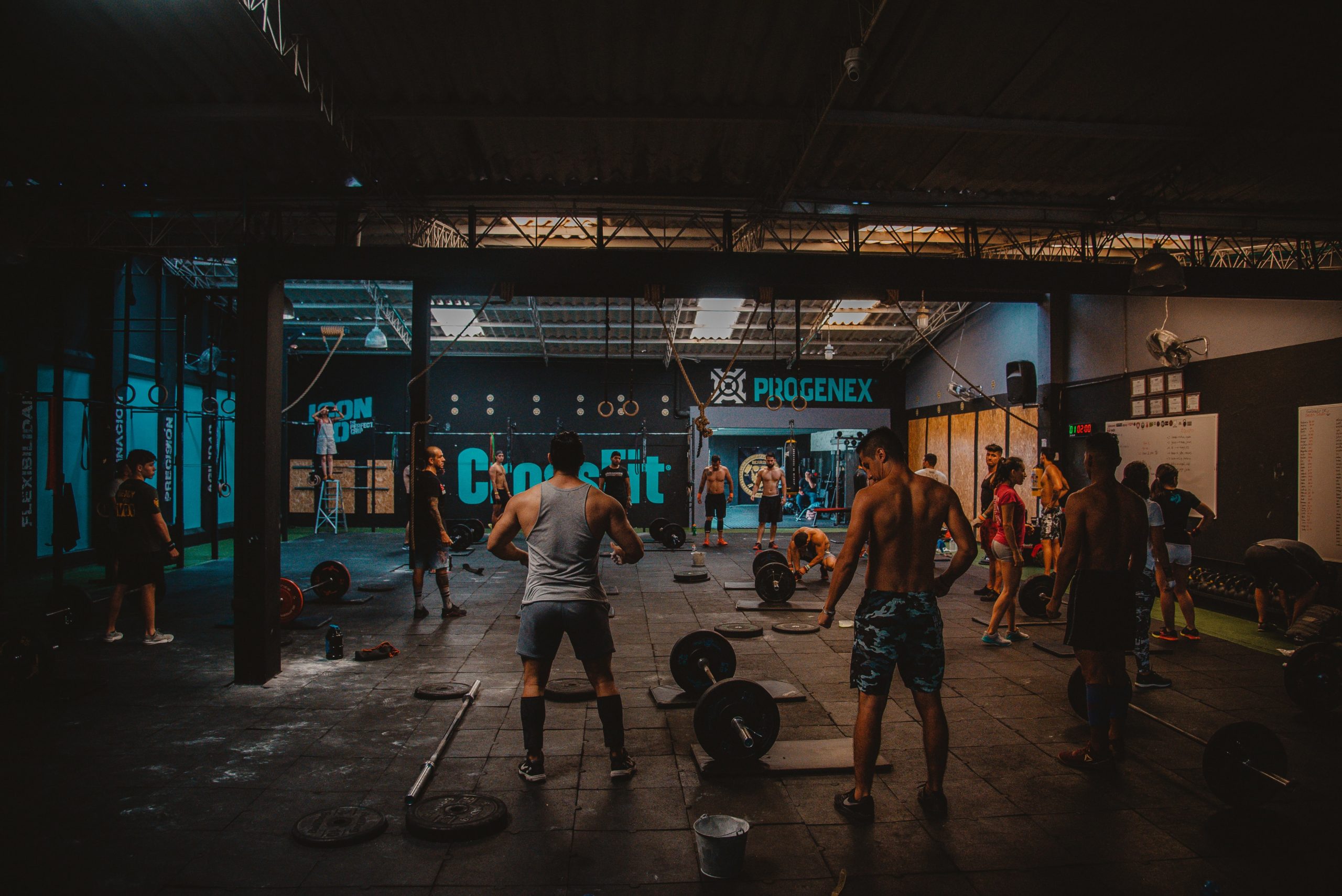- Norway reopened five gyms in Oslo in May, allowing half of its members to return while following certain protocols.
- Scientists tracked the experiment. According to a new preprint study of their findings, no one got infected with COVID-19 from the reopenings.
- The experiment shows that gyms may be able to reopen safely — if infection rates in the area are low and people adhere to guidelines.
As gyms around the world continue to welcome back members, five gyms in Norway that reopened May 22 are shedding a light on how it may be done safely.
The gyms were a part of an experiment in which half of the members were invited back — 1,896 people in total — and told to follow certain precautions like washing their hands, practicing physical distancing, and not using the sauna or showers. They didn’t have to wear masks.

Meantime, the study authors kept tabs on the health of the other 1,896 people who were not allowed to return to the gym. They wanted to find out whether the gym-goers were more likely to come down with COVID-19, the disease the coronavirus causes.
After two weeks, only one coronavirus case was detected, and that person — assigned to the gym-going arm — hadn’t visited the gym until actually getting the test, and so didn’t pass it to other exercisers. No one in either group went to a health clinic or was hospitalized due to the coronavirus.
The results, detailed in a not-yet-peer-reviewed pre-print, show promise for gyms, places many have feared could become sweaty settings for superspreader events.
But the findings should also be taken cautiously: Oslo’s infection rate is low and continues to decline, and gym-goers, all of whom had no underlying conditions, took the precautions seriously.

“I personally think this is generalizable, with one caveat,” Dr. Michael Bretthauer, a cancer screening expert at the University of Oslo who co-led the study, told the New York Times. “There may be places where there is a lot of Covid, or where people are less inclined to follow restrictions.”
Other gyms have found creative ways to reopen
The pandemic is estimated to have kept about 38,000 gyms and fitness studios closed over the past few months.
Gym members and owners are attempting to balance the health and economic benefits of returning to organized indoor exercise with the risks reopenings pose for transmitting the coronavirus.
“This virus really likes people being indoors in an enclosed space for prolonged periods of close face-to-face contact,” William Schaffner, an infectious-disease expert at Vanderbilt University, previously told Business Insider.
Indeed, some fitness facilities have been hotspots. An early release report out of South Korea traced 112 COVID-19 cases to dance workout classes in 12 different venues.
“Intense physical exercise in densely populated sports facilities could increase risk for infection,” the study authors wrote. “Vigorous exercise in confined spaces should be minimized during outbreaks.”

Other places are taking their bets, opening with creative twists. One California studio, for example, crafted workout “pods” made from shower curtains and PCV pipes so class members can see the instructor but contain their spit droplets without wearing a mask.
The facility, which opened June 15, also implements temperature checks at the door and reduced its capacity from 24 to nine. We don’t know whether any COVID-19 cases have cropped up among those who’ve returned.
But the reopening likely saved the business, and members have been eager to take the risk, the owner, Peet Sapsin, previously told Insider.
“A lot of our clients have been quarantined for three months. They’re restless. They’re anxious. A lot them have gained weight,” Sapsin said. “They were more than excited” to get back in a safe way.
A true love for health


Recent Comments